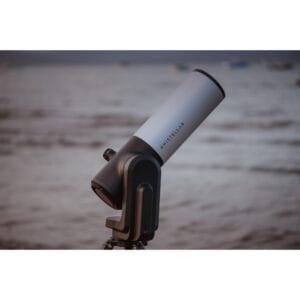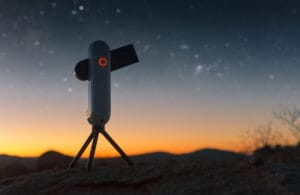The order of the planets in our solar system is difficult for many to remember. However, there’s a simple way to learn this order and never forget it. In this blog, you’ll learn about the order of the planets, clever memory aids, and some interesting facts about their visibility.
What is the Official Order of the Planets?
The order of the eight planets in our solar system, counting from the Sun, is as follows:
- Mercury
- Venus
- Earth
- Mars
- Jupiter
- Saturn
- Uranus
- Neptune
Pluto was demoted to a dwarf planet in 2006 by the International Astronomical Union (IAU), and thus no longer officially counts as a full planet.
Why are They in this Order?
The order is based on distance from the Sun. No, they don’t stand in a perfect line (that rarely happens). The four inner planets (Mercury through Mars) are rocky and relatively small. The outer planets (Jupiter through Neptune) are giants of gas and ice. The Sun’s gravity determines their orbit, and the further a planet is from the Sun, the longer it takes to complete an orbit.
For example:
- Mercury takes 88 days to orbit the Sun
- Neptune: over 165 years
The Order of the Planets Based on Their Orbit around the Sun: a Dutch Mnemonic
To easily remember this order, we use a clever mnemonic:
“Mijn Vader At Met Jan Sla Uit Nederland”
Each initial letter exactly matches the order of the planets. This makes the mnemonic suitable for children and adults alike, without confusion from outdated versions that still included Pluto as a planet.
The Order of the Planets Based on Size Order
Would you rather remember the planets from largest to smallest (based on diameter)? Then this mnemonic is useful:
“Jelle Stapt Uit Naar Alle Vriendelijke Mooie Meren”
- Jupiter
- Saturn
- Uranus
- Neptune
- Earth
- Venus
- Mars
- Mercury
Jupiter is by far the largest planet in our solar system, while Mercury is the smallest.
Useful Tips for Children (and Parents)
- Let children draw the mnemonic with planet icons next to it
- Use color codes for each planet (like red for Mars, blue for Neptune)
- Sing the sequence to a melody (like the alphabet song)
Want to make learning even more fun? Check out our planet toys with Celestial Buddies, specially developed to help children learn about planets through play.
What Does the Planet Order Tell Us about Their Characteristics?
The order of the planets also reveals something about their characteristics. The inner planets — Mercury, Venus, Earth, and Mars — are all terrestrial and have solid, rocky surfaces. They are smaller in size and closer to the Sun, meaning they orbit the Sun faster. Jupiter, Saturn, Uranus, and Neptune, on the other hand, are gas giants or ice giants, with thick atmospheres and often dozens of moons.
Jupiter has the strongest gravity of all planets, and Saturn is known for its impressive rings. Uranus and Neptune contain a lot of ice, such as methane, which explains their blue color.
Extra Fact: Visible from Earth
Not all planets are equally easy to see. Mercury, for example, is often difficult to spot because it’s so close to the Sun. Jupiter and Venus, however, are often the brightest “stars” in the sky.
Want to know which planets you can see this month? Check out our monthly viewing guide with visibility tips for Mercury, Venus, and more.
Conclusion
The order of the planets is easy to remember with the right memory aid. Whether you choose the classic Dutch mnemonic or a creative English variant — with a bit of practice, you’ll know them by heart. And if you also want to remember the order by size, then the sequence with Jelle and his lakes will help you along.
🔗 Want to know how many planets there actually are (and if Pluto counts)? Read our blog: How many planets are there actually?





